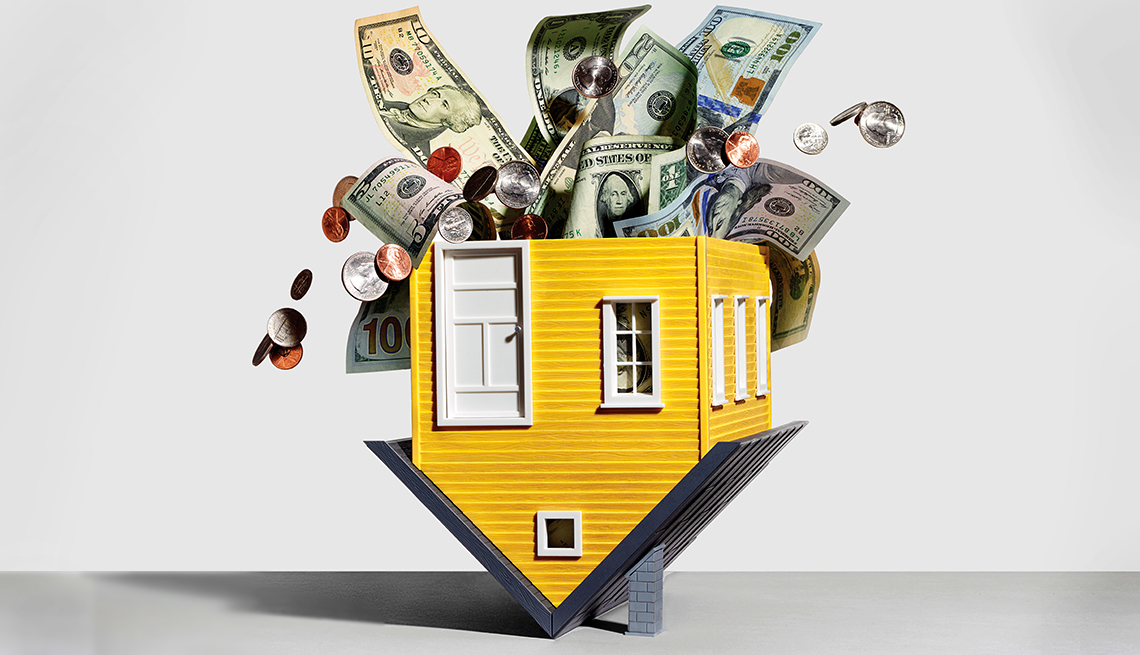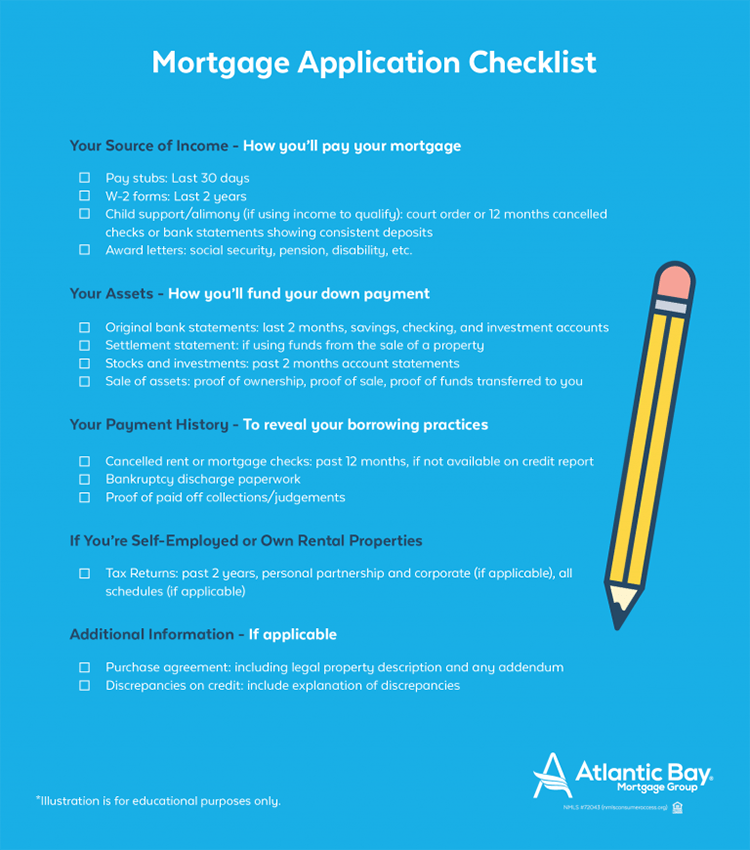A bigger down payment on a conventional loan will likewise accelerate the process of reaching 80% on your loan-to-value (LTV) ratio, which is the percentage of just how much you still owe on your mortgage - what debt ratio is acceptable for mortgages. You can stop paying mortgage insurance coverage once the money you've paid towards your home, consisting of the deposit, reaches 20% of your home's value, or 80% LTV which reduces your monthly payments.
If you want to make a 20% down payment to prevent being hit with home mortgage insurance fees, you can approximate just how much house you can pay for by increasing your cost savings by 5. For example, if you had $34,000 in your savings the average savings account balance in 2013 you could manage to finance a $170,000 house without acquiring mortgage insurance coverage.
As such, it is necessary that you factor these regular monthly costs into your budget plan when figuring out the amount of home mortgage debt you can afford. Lots of first time home buyers have a hard time to get approved for mortgages because they can't satisfy the normal 20% deposit minimums on the size of home they want.


If either of these describes your situation, you may have the ability to decrease your down payment through a government loan. Both the Federal Real Estate Administration (FHA) and the Veterans Administration (VA) run home loan programs for eligible Americans. Newbie home purchasers with little credit history or a poor credit profile might consider obtaining an FHA home mortgage rather than a conventional loan.
Customers with bad credit also tend to receive greater rates of interest, which can considerably increase your month-to-month mortgage payment. However, FHA loans are likewise a good option if your credit rating is above 580 but you desire to make a smaller sized down payment than allowed by a traditional lending institution. Similar to other forms of debt funding, you're more than likely to be approved for a cost effective loan if you've developed a strong credit profile and have healthy cost savings.
Another method that numerous states have started using are. It's possible to pay a low down payment on a conventional loan if you have exceptional credit, however most banks require a deposit of 5% or more for the average borrower. Government-backed FHA home mortgages, which have a 3. 5% minimum deposit, can be a more affordable choice for those looking for a smaller sized up-front Visit this website cost though, as mentioned above, all FHA borrowers must pay regular monthly insurance costs for the life of the loan.
The added MIP or PMI cost can be a pricy long term expenditure and may negate the financial benefit of making a low down payment. Given the large expenditure of buying a house, it's most a good idea to conserve enough money to make a 20% down payment and avoid spending for insurance coverage, especially if you anticipate your spending plan to be tight in the coming years.
What Is The Going Interest Rate On Mortgages Fundamentals Explained
Your deposit plays a crucial role when you're purchasing a house. A down payment is a portion of your house's purchase cost that you pay up front when you close your home mortgage. Lenders often look at the down payment quantity as your financial investment in the home. Not only will it impact just how much you'll need to obtain, it can likewise affect: Whether your lending institution will need you to spend for private mortgage insurance (PMI).
Your rates of interest. Since your down payment represents your investment in the house, your lending institution will frequently offer you a lower rate if you can make a higher deposit. So just how much of a down payment will you need to make? That depends on the purchase rate of your home and your loan program.
The quantity of your deposit helps offer your lender the loan-to-value ratio (LTV) of the residential or commercial property. LTV is among the primary factors in addition to debt-to-income-ratio and credit score that a lender thinks about when choosing whether or not to extend you credit. Your loan-to-value ratio suggests how much you will owe on the home after your deposit, and is revealed as a portion that shows the ratio between your home's unpaid principal and its evaluated value.
Here's the formula: Loan quantity appraisal worth or purchase cost (whichever is less) = loan-to-value (LTV) The home you wish to buy has actually an appraised worth of $205,000, but $200,000 is the purchase priceThe bank will base the loan quantity on the $200,000 figure, due to the fact that it's the lower of the 2You keywest timeshare have $40,000 for a down payment, so you require a $160,000 loan to satisfy the $200,000 purchase priceYour loan-to-value equation would appear like this: $160,000 $200,000 =.
80 by 100% and that offers you an LTV of 80% If your deposit is lower than 20%, your loan-to-value ratio for standard funding will be higher than 80%. In that case, your lender may need you to pay personal home loan insurance coverage, since they're providing you more cash to buy the house and increasing their prospective risk of loss if the loan ought to go into default.
When you think about just how much to put down on your home, think of your lending institution's requirements and what a higher or a lower deposit will suggest for you. Is it worth it to you to pay personal home loan insurance each month in order to receive the other benefits of homeownership? Or would it make more sense for you to conserve for a bigger down payment and prevent PMI, even if that implies waiting longer to purchase a home? Knowing the monetary impact of each choice can assist you make your decision with self-confidence.
For newbie home purchasers, the difficulty of creating a 20% mortgage down payment is typically challenging sufficient to keep them out of the market. But the 20% deposit is all however dead and has been for quite some time, especially for newbie buyers. Get the answer to questions about your home loan, travel, financial resources and preserving your assurance.
Rumored Buzz on What Is The Truth About Reverse Mortgages
Due to the fact that outliers can skew an average, the telling figure for what other home buyers put down is the median down payment, suggesting half paid that much or above, and half paid that much or below. For novice home purchasers who funded the purchase, the mean deposit was 7%, according to a 2018 survey by the National Association of Realtors.
" The other half still think that they need to have at least 20% down in order to receive a house mortgage." The minimum deposit for a house depends on the kind of loan and a lender's requirements. Here are the minimum down payment requirements for the most typical types of loans.Conventional loans,which aren't ensured by the federal government, can have down payments as low as 3% for competent purchasers. 5% down. FHA loans enable lower minimum credit history than conventional loans.VA loans for military service members and veterans, and USDA loans for specific rural and rural purchasers, normally require no down payment. VA loans are backed by the U.S. Department of Veterans Affairs, and USDA loans are guaranteed by the U.S.